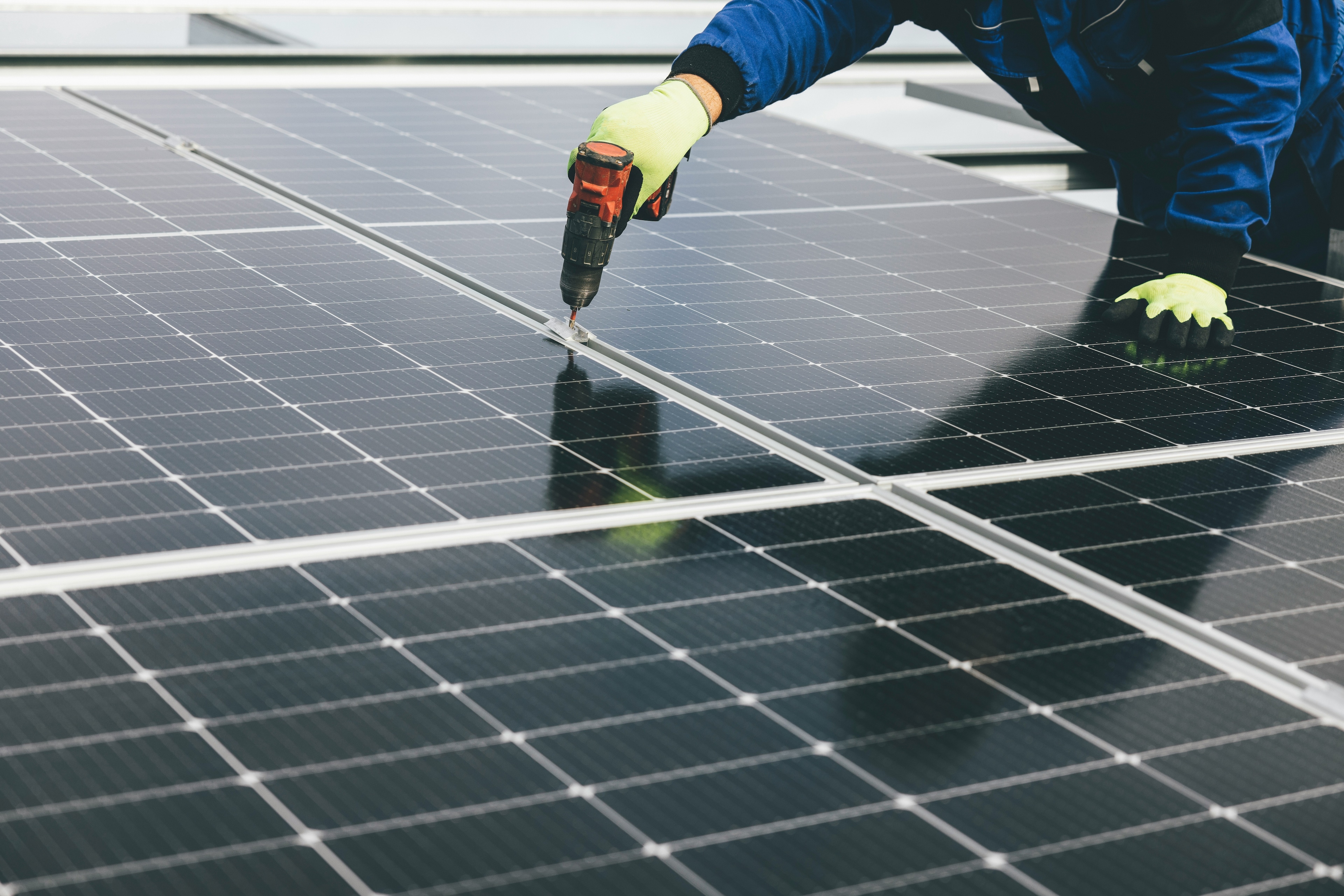Consign landfill to the dustbin of history

Stay up to date:
Future of the Environment
In nature, the waste of one system is food for another. Before humans began creating complex materials that nature can’t digest, there was no waste, and humans fit nicely into the ecosystem. In the past 100 years, however, humans developed a range of complex materials that nature can’t digest. The common solution for most of these materials at the completion of their frequently short lives is putting them in a pile (i.e. landfills) or burning them (i.e. incineration). Both solutions are highly problematic, wasteful and unsustainable.
Landfills, principally used in the Americas, are the worst solution as the materials take years, potentially centuries, to decompose, leaching toxins into the ground and methane into the air. Older (and still common) incineration systems capture some energy, but are not efficient – and they pollute. Newer systems are much more efficient and clean, but it’s still a linear system that promotes a reliance on fossil fuels and presumes materials will always become obsolete.
Some hope has been put in store in the “waste to energy” system, which is a way of capturing energy from the petroleum in waste materials, from plastic bags to old fridges (it’s good to have a couple of examples, do these work?. However, the energy that was put into making the original materials – and the frequently significant amounts of water and chemicals used when making those materials – is not captured. When a replacement plastic is made, new production energy, water and chemicals are used, and the wasteful cycle repeats itself. Not only is it an inefficient way to obtain energy, it perpetuates a cycle of relying on fossil fuels for energy.
Compare this linear approach to recycling, when the materials are collected and melted down for reuse as a material. Not only do the original manufactured materials remain in materials form, but the energy and water required to make a replacement product is avoided.
The philosophy of the circular economy is core to solving the human waste challenge. And this is no small challenge. A new World Bank study projects a 70% global increase in urban waste, with developing countries facing the greatest challenges. The projected rise in the amount of waste – from 1.3 billion tonnes per year today to 2.2 billion tonnes per year by 2025 – is projected to raise the annual global costs from $205 billion to $375 billion.
Unfortunately, much of the world, including major economies in Europe, consider “waste to energy” a form of recycling. It’s not. Extended Producer Responsibility (EPR) laws, which require that manufacturers contribute to a system that recycles waste resulting from their products and packaging, frequently cover the costs of true recycling only for materials that are easily recycled (paper, glass, aluminum and certain types of plastic). The rest of the waste, much of which could be recycled, is incinerated.
Canada is introducing an ambitious EPR programme in 2014, one that may serve as a model for the United States, the world’s largest economy and contributor to waste. There are many forces in Canada – driven by companies that profit from incineration – lobbying to have WTE included as a form of recycling.
The concept of the circular economy is not a theoretical nicety. It’s an urgent agenda for our planet, and one that is core to debates about how billions of dollars and countless tonnes of waste are treated. If recycling were to get to true scale, the economics would improve. The true and often hidden costs of perpetuating a linear economy are significant.
The choice between a healthy nature that has served life on this planet for thousands of years, and the Great Pacific Garbage Patch – a plastic graveyard the size of Texas floating in the Pacific Ocean – is stark.
Read the World Economic Forum’s new report on the Circular Economy
Read more blogs for the World Economic Forum’s Annual Meeting in Davos 2014.
Author: Tom Szaky is Founder and Chief Executive of TerraCycle and is participating at the World Economic Forum’s Annual Meeting in Davos 2014
Image: Mother and her daughter look inside a sculpture containing plastic water bottles with LED lights. REUTERS/Bobby Yip
Don't miss any update on this topic
Create a free account and access your personalized content collection with our latest publications and analyses.
License and Republishing
World Economic Forum articles may be republished in accordance with the Creative Commons Attribution-NonCommercial-NoDerivatives 4.0 International Public License, and in accordance with our Terms of Use.
The views expressed in this article are those of the author alone and not the World Economic Forum.
Forum Stories newsletter
Bringing you weekly curated insights and analysis on the global issues that matter.
More on Energy TransitionSee all
Tony Pan
August 27, 2025
Thomas Brostrøm and Sandeep Kashyap
August 26, 2025
Charles Bourgault and Sarah Moin
August 19, 2025
Jürgen Karl Zattler and Adrian Severin Schmieg
August 18, 2025
Piyush Verma
August 18, 2025




